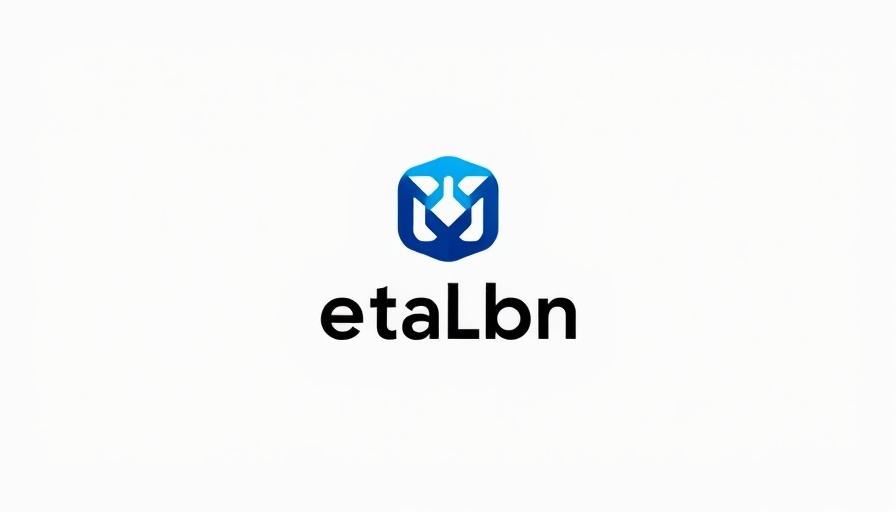
The Hidden Patterns That Sabotage Your Happiness
In the pursuit of happiness, we often find ourselves entangled in invisible barriers that prevent us from reaching our potential. For many business owners and entrepreneurs, navigating the journey of personal and professional growth can be a double-edged sword. While striving for success, it's essential to also maintain a healthy mindset, and that includes aligning our habits with our desired emotional state.
Unpacking the Self-Sabotage Cycle
Often, the greatest barriers to our happiness are self-imposed. Over time, we can develop habits that undermine our efforts to achieve contentment. By recognizing and addressing these habits, we not only pave the way for greater happiness but also enhance our effectiveness in business.
1. Overthinking: The Mental Drain
One common habit that stifles happiness is overthinking. As business owners, we can easily fall into the trap of analyzing every decision, replaying conversations, or worrying incessantly about the future. This constant rumination creates anxiety and inhibits our ability to act decisively, ultimately impacting both personal joy and professional success. Rather than letting our minds spiral, we can practice mindfulness techniques, such as grounding exercises, to anchor ourselves in the present and reduce mental clutter.
2. The Comparison Trap
Another insidious habit is the tendency to engage in constant comparison with others. Social media fuels this habit as we scroll through curated lives that seem to shine in the spotlight. For business owners, comparing ourselves to competitors can lead to a toxic mindset that detracts from our unique strengths. Embracing our individuality and focusing on our progress rather than someone else's can enhance our happiness and foster a healthy competitive spirit. Instead of competing for validation, aim for collaboration which can lead to innovation and shared success.
3. Perfectionism: An Unreachable Goal
Perfectionism can be a relentless roadblock that stifles joy. The pursuit of an ideal often results in disappointment when expectations fall short. As entrepreneurs, it's crucial to shift our focus from achieving perfection to embracing progress. Celebrating small victories and allowing ourselves to make mistakes can lead to a more fulfilling journey and a happier mindset.
4. Lack of Gratitude: The Joy Killer
A lack of gratitude is another subtle but impactful habit that diminishes happiness. In the hustle of building a business, it’s easy to overlook the positives, focusing instead on what’s lacking or what needs fixing. Incorporating a gratitude practice, such as journaling about daily wins or reflecting on accomplishments, can boost your mood significantly. When we acknowledge what we have, we cultivate a more positive outlook that contributes to both personal satisfaction and professional resilience.
5. Surrounding Yourself with Negativity
Your environment influences your mindset. Surrounding yourself with negative influences can perpetuate a cycle of gloom, impacting your happiness and productivity. As a business owner, fostering positive connections can create a supportive network where collaboration flourishes. Seek mentors and engage with like-minded individuals who inspire and motivate you to overcome challenges and focus on growth.
6. Fear of Failure: Holding You Back
The fear of failure can paralyze decision-making and stifle progress. Recognizing that failure is often a stepping stone toward success is crucial. Each setback teaches valuable lessons and provides insights for future endeavors. Cultivating a mindset that views failures as opportunities for growth not only enhances personal happiness but also contributes to a more innovative business approach.
7. Ignoring Self-Care: A Recipe for Burnout
Ignoring the importance of self-care can be a significant factor in diminishing happiness. As entrepreneurs, it’s vital to set aside time for rest and rejuvenation. Whether through exercise, hobbies, or simply unplugging from work, nurturing your mental and physical well-being is foundational to sustaining happiness and achieving long-term success.
Strategies to Break Free from Self-Sabotage
To break free from these habits, it starts with awareness and conscious effort. Here are actionable strategies:
- Mindfulness Practices: Incorporate activities like meditation or yoga to help ground your thoughts.
- Set Realistic Goals: Instead of aiming for perfection, strive for progress and celebrate small wins.
- Build a Positive Network: Connect with individuals who uplift you and challenge you to grow.
- Maintain a Gratitude Journal: Document daily moments of fulfillment to shift your focus from lack to abundance.
- Embrace Failure: Redefine your relationship with mistakes and view them as learning opportunities.
By understanding these subtle habits and working to counteract them, business owners can not only foster their personal happiness but also enhance their professional capabilities. The journey to happiness is ongoing, and by making incremental changes, we can create a life filled with fulfillment and achievement.
If you’re ready to break free from self-imposed limitations and cultivate a mindset that drives happiness, take action today. Reflect on the habits holding you back and consider incorporating mindfulness, gratitude, or community into your routine.
 Add Row
Add Row  Add
Add 




Write A Comment